In recent years, football fans and scouts alike have noticed a subtle yet undeniable shift in the attacking balance between South Korea and Japan. For decades, Japan was perceived as the more technical footballing nation, producing tidy midfielders and fast wingers, while Korea often relied on discipline and physicality. But in 2025, it’s the South Korean clubs that are rolling out well-rounded, high-IQ strikers who are thriving at both domestic and international levels. From rising stars in the K League to European imports, Korean forwards are no longer just aggressive runners—they’re clinical finishers, intelligent pressers, and versatile attackers. So what’s fueling this striker evolution in Korea, and why isn’t Japan producing the same kind of attacking talent?
High School vs. Academy Development Paths
One of the most fundamental structural differences between South Korea and Japan lies in how young footballers are developed. In Japan, the JFA Academy system has been the foundation of technical player growth. It’s meticulous, data-informed, and heavily patterned after European training models. These academies focus on precision, shape, and role-based learning. Young players are molded into team-first contributors, which works beautifully for midfield roles and system-based positions—but often, it can stifle the expressive, instinctive play required to develop complete strikers.
By contrast, South Korea has kept much of its high school and university football culture intact. While Japan has shifted focus almost entirely to club development from a young age, Korea maintains strong high school programs where players compete for national attention in fiercely competitive tournaments. Strikers in these systems are taught to carry teams on their backs, lead lines without tactical micro-management, and play in unpredictable environments. They’re allowed to fail and learn on the pitch. That chaos breeds autonomy, and autonomy breeds finishing instinct.
In high school-level matches, Korean forwards are often relied upon to make solo runs, hold off multiple defenders, and shoot in tight windows. They develop through contact, confrontation, and adversity—less polished but more complete by the time they turn professional. By the time they reach the K League, they’ve logged far more minutes in pressure situations than their Japanese academy counterparts, who often wait until age 19 or 20 for consistent first-team exposure.
This gap is starting to show in the kinds of strikers both countries export. Korea is producing more multi-dimensional number 9s and mobile second strikers, while Japan continues to lean toward wide forwards and technical midfielders. The raw striker’s instinct—the ability to sniff out a chance—is simply more cultivated in Korea’s current system.
Military Service Motivation Factors
It would be simplistic to say military service alone is a motivator for Korean athletes—but for young footballers, the looming obligation creates urgency. Unlike Japan, South Korea mandates roughly 18–21 months of military service for all able-bodied men, typically before the age of 28 unless special exemptions are earned. The most coveted exemption? A gold medal in the Asian Games or an Olympic medal.
This reality lights a fire under promising strikers who know that their careers could be paused just as they hit their prime. For many, the only way to avoid military interruption is to become exceptional—and quickly. Strikers, by nature, are judged on measurable output: goals. So in Korea, young forwards have added motivation to dominate, finish decisively, and carry national youth teams to glory. They aren’t just playing for professional contracts; they’re playing to keep their careers uninterrupted.
You can see the effect of this pressure in how Korean strikers mature. They tend to show a ruthless edge early, often debuting in the K League by age 18 or 19. Unlike in Japan, where players are often rotated carefully through U-23 setups or loaned to lower divisions, Korean strikers are thrown into the deep end. They adapt or fall behind. The need to peak earlier also forces clubs to be aggressive in giving attacking talent minutes, instead of hoarding them behind veteran imports.
This urgency does come at a cost—some players burn out young. But those who make it through this gauntlet tend to be mentally sharper, physically hardened, and emotionally resilient. It’s no accident that so many Korean strikers perform under pressure. Their entire careers are forged in it.
European Scouting Blind Spots
Another key factor in the striker disparity comes down to perception. European clubs, particularly those outside the top five leagues, have a longstanding bias favoring Japanese technical players—especially in midfield. For years, Japan exported elegant playmakers to Germany, the Netherlands, and Belgium. Scouts knew what to expect: good first touch, tactical discipline, strong work ethic.
But when it comes to strikers, European clubs have overlooked Korean players for too long, assuming their aggression came with a lack of tactical sophistication. That stereotype has begun to shatter in recent years with the rise of players like Hwang Hee-chan (Wolves), Cho Gue-sung (Midtjylland), and of course, Son Heung-min, who remains the gold standard. The success of these forwards is forcing clubs to reevaluate what they look for in Asian attackers.
Unlike Japanese strikers, who are often groomed to play as part of a system, Korean forwards tend to offer more direct goal threat, better physicality in duels, and superior aerial ability. They’re less predictable, more forceful, and carry themselves with a striker’s arrogance that resonates with fans and coaches alike. The European market is finally catching up, but the undervaluation of Korean strikers for a decade allowed them to sharpen their craft domestically without external pressure.
As a result, South Korea’s current crop of strikers is more battle-tested and better prepared for the jump to higher competition levels. The gap is particularly clear in U-20 and Olympic qualifiers, where Korean forwards often outperform their Japanese counterparts, both statistically and in their impact on games.
Cultural Edge in Mentality and Confidence
While both nations place a premium on discipline and humility, there’s a subtle cultural difference in how strikers are celebrated and supported. In Japan, standout individualism is often tempered in team-first narratives. Strikers are expected to work within the system, contribute selflessly, and minimize ego. It’s an admirable philosophy—but it doesn’t always produce killers in the box.
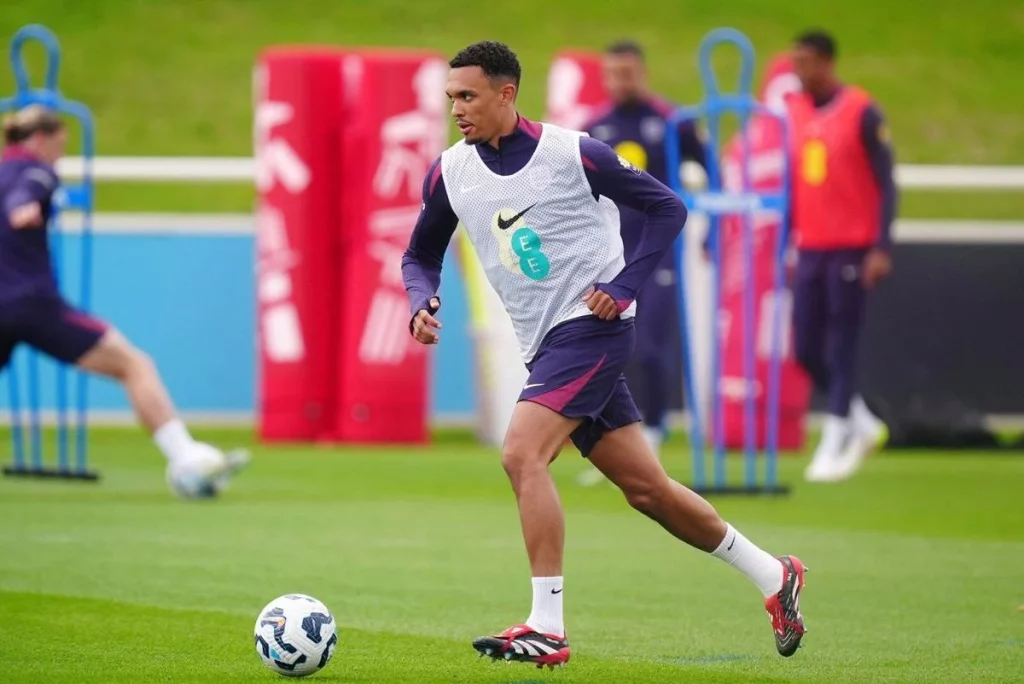
In Korea, top forwards are allowed—encouraged even—to carry swagger. There’s a cultural embrace of the forward as the “hero,” the one who finishes the job. Coaches and fans allow them to show personality, to take responsibility, to take risks. Even media narratives lean into this: young Korean strikers are not just athletes; they’re symbols of national pride, especially when they succeed abroad.
This mentality leads to confidence under pressure. Korean strikers tend to shoot more, take on defenders more aggressively, and celebrate with conviction. They aren’t afraid to miss because they know their identity is rooted in action. That kind of internal confidence is hard to teach in a lab. It grows from community expectations and reinforcement.
Club-Level Investment in Finishing Specialists
South Korean clubs, particularly in the K League, have also become more focused in how they train and manage young forwards. Striker coaches, once a rarity in Asia, are now becoming fixtures in top Korean clubs. Finishing drills are individualized. Video analysis breaks down minute details: foot placement, hip positioning, goalkeeper behavior. The goal is not just to produce athletes who can score—but scorers who know how to think.
By contrast, many Japanese clubs still emphasize team synergy and combination play over position-specific development. It results in aesthetically pleasing football—but fewer pure finishers. Korea is investing in striker coaching the way Germany invested in goalkeeping in the early 2000s. The dividends are becoming clearer each year.
At FC Seoul, Jeonbuk Hyundai Motors, and Pohang Steelers, teenage strikers are being given starts, not just substitute cameos. Data is tracked over time to monitor their development arcs. Finishing is treated like a science—but one that’s practiced in real game settings, not just sterile drills. The balance of theory and chaos gives Korean strikers an edge over their Japanese peers.
Final Whistle: A Shift That Might Last
South Korea’s rise as Asia’s striker factory isn’t a fluke. It’s the product of multiple forces—developmental, psychological, and cultural—that have aligned to create a generation of more complete attacking players. From high school competitions that build individual grit to a national urgency created by military service, Korean strikers are forged differently. They’re not necessarily better athletes, but they are more seasoned, more ruthless, and more mentally ready to own the moment.
Japan remains a world-class footballing nation and continues to produce elite midfielders and intelligent wide players. But unless its striker development shifts to reward individual instinct and earlier risk-taking, the current talent gap up front may persist. Meanwhile, Korea’s raw, hungry forwards are taking their chances—literally and figuratively.
The next decade in Asian football could well be defined not by midfield triangles, but by who puts the ball in the net. And right now, South Korea is doing that just a little more completely.

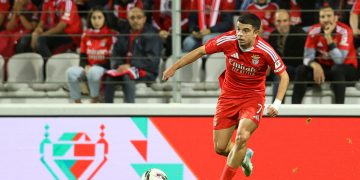

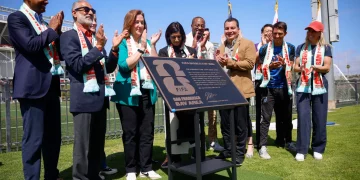


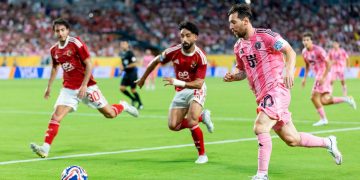







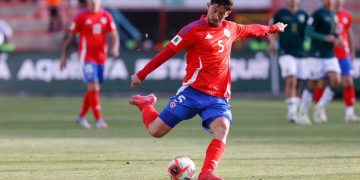

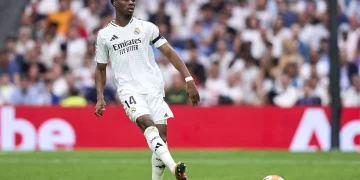




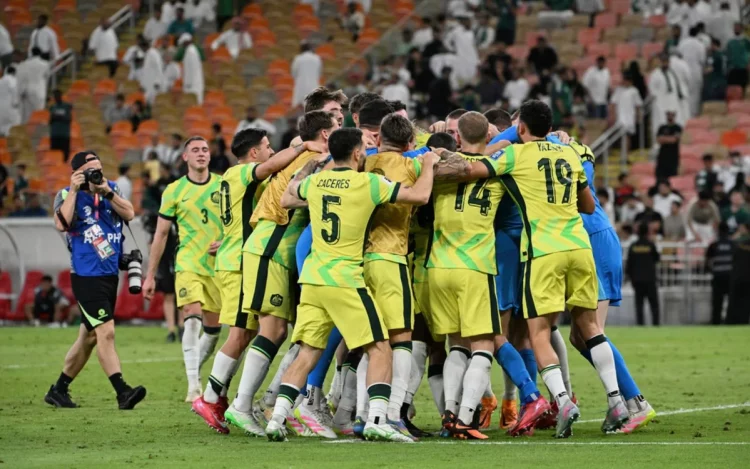












Discussion about this post